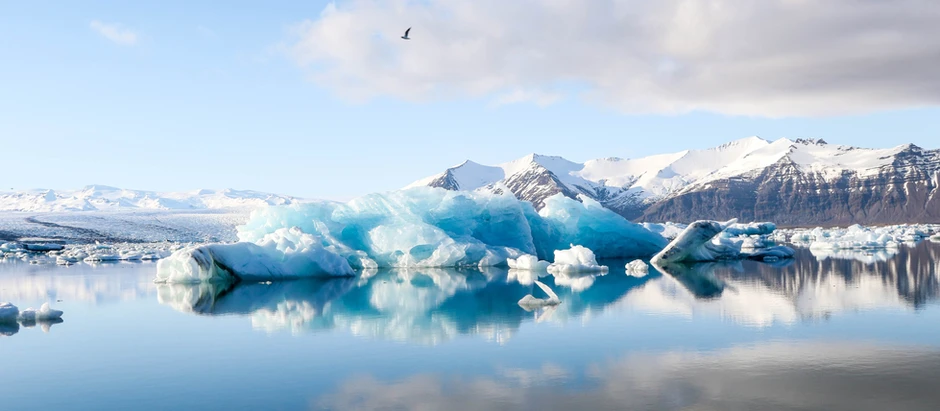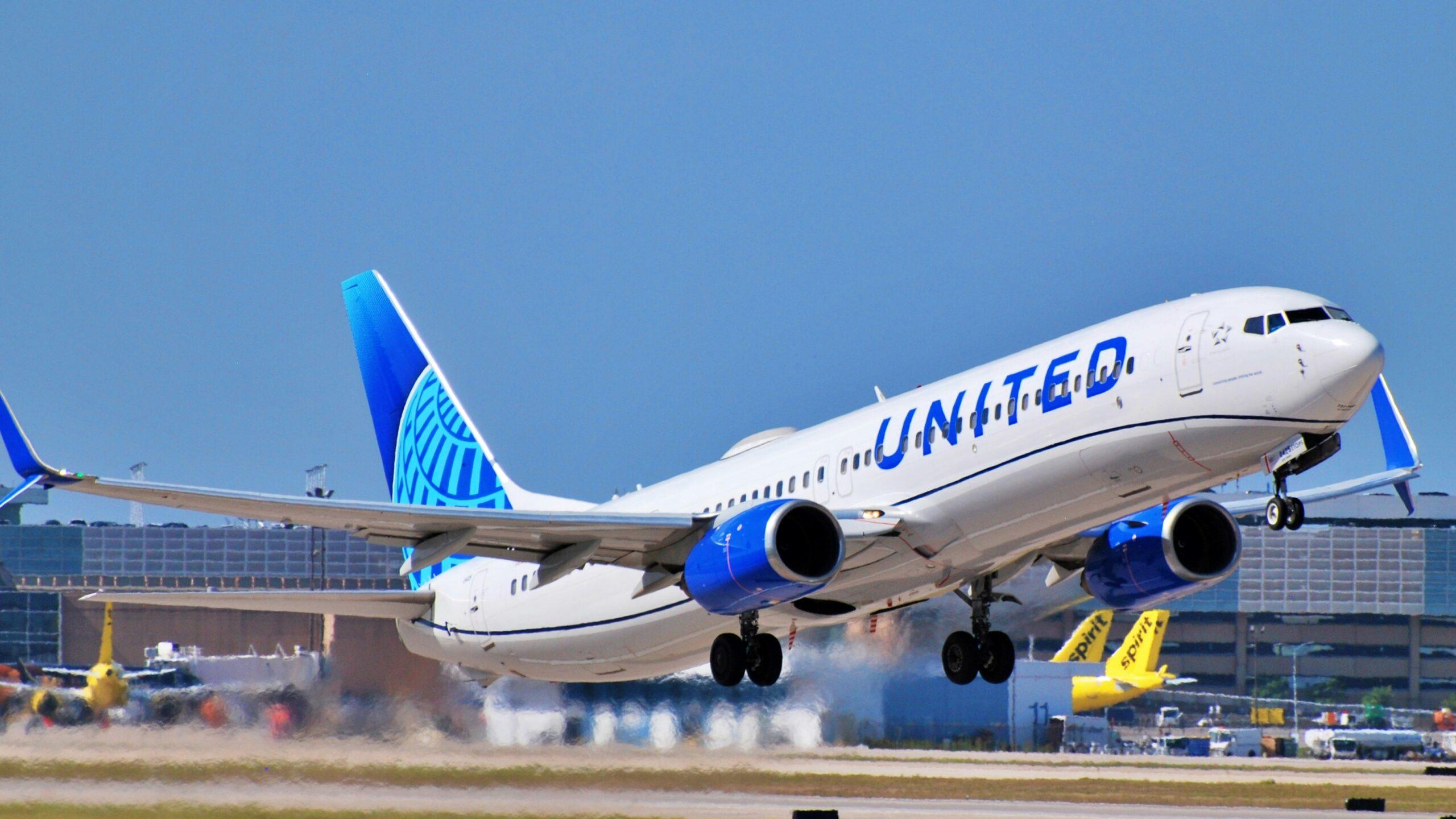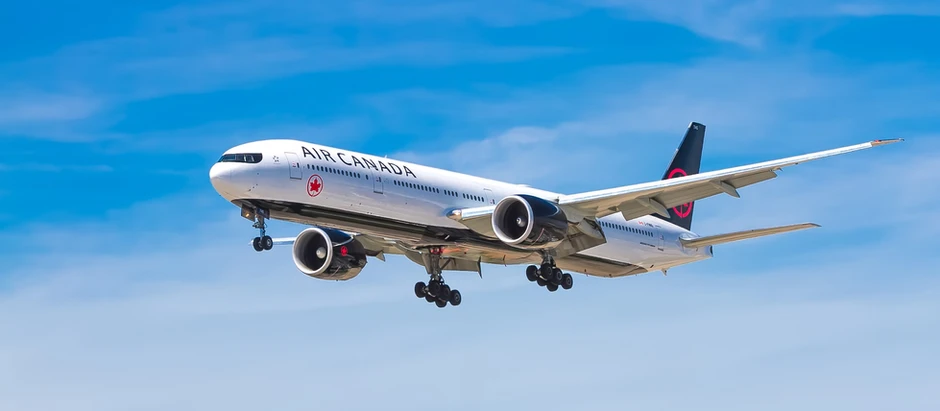How to Get There
Iceland, with its stunning landscapes and unique cultural heritage, has become an increasingly popular destination for UK travelers. Here’s a comprehensive guide on how to get there on a budget.
By Air
The main airport, Keflavík International (KEF), is about 50 kilometers southwest of Reykjavik, Iceland’s capital.
– From London: Multiple airlines offer direct flights from London airports (Heathrow, Gatwick, Luton, and Stansted) to Keflavík. Budget carriers like easyJet and Wizz Air frequently provide the lowest fares. During off-peak seasons (October to March), return tickets can be found for as little as £50-£100. In peak season (June to August), prices typically rise to £150-£300, with weekend flights being the most expensive.
– From Manchester: Direct flights from Manchester to Keflavík are available via easyJet and Icelandair. Off-peak return fares generally range from £70-£120, while peak season prices can go up to £200-£350.
– From Edinburgh: easyJet and Icelandair offer direct flights from Edinburgh. Off-peak return tickets can be as low as £70-£130, with peak season prices ranging from £180-£320.
When to go
Peak Season (June to August): Iceland’s peak tourist season coincides with the summer months, when the weather is milder, and daylight lasts nearly 24 hours. While this is an ideal time for outdoor activities, it’s also when flights and accommodations are at their most expensive.
Shoulder Season (April to May, September to October): These months offer a good balance between favorable weather and more affordable travel costs. Airfare and accommodation are generally 15-25% cheaper than in peak season. The landscapes are still vibrant, and you’ll encounter fewer crowds at popular sites.
Off-Peak Season (November to March): The off-peak season is the most budget-friendly time to visit Iceland, with the lowest airfares and hotel rates. However, travelers should be prepared for short daylight hours and the possibility of harsh weather conditions. Many rural attractions may be inaccessible due to snow or ice.
Typical Weather per Month
– January: Average temperatures range from -1°C to 2°C. This is the coldest month, with long nights and potential snowstorms. The northern lights are visible, making it a popular time for aurora chasers.
– February: Similar to January, with slightly longer daylight hours. The weather remains cold, and snow is common.
– March: Temperatures begin to rise slightly, ranging from 0°C to 3°C. The days start to lengthen, and the weather remains unpredictable with frequent snow and rain showers.
– April: Spring begins to show signs of arrival, with temperatures ranging from 1°C to 6°C. Snow and ice start to melt, but the weather can still be chilly and wet.
– May: Temperatures range from 4°C to 10°C. May is considered one of the best months to visit Iceland as the weather is relatively mild, and the landscape is lush from the melting snow.
– June: Summer begins, with temperatures ranging from 9°C to 15°C. The midnight sun occurs during this month, offering nearly 24 hours of daylight.
– July: July is the warmest month, with temperatures between 10°C and 17°C. It’s the height of the tourist season, with long days and pleasant weather for outdoor activities.
– August: Similar to July, with temperatures ranging from 10°C to 16°C. The weather remains favorable, but the days begin to shorten slightly.
– September: Temperatures drop to between 7°C and 13°C. The weather is cooler, and autumn colors begin to appear in the landscape. This is a good time to visit before the onset of winter.
– October: Temperatures range from 3°C to 8°C. The weather becomes more unpredictable, with frequent rain and the possibility of early snow. Daylight hours are significantly shorter.
– November: Temperatures range from 0°C to 4°C. Winter sets in with longer nights and increasing snowfall. The northern lights become visible again.
– December: Similar to November, with temperatures ranging from -1°C to 3°C. The days are very short, with only a few hours of daylight, but the festive atmosphere in Reykjavik makes it an appealing time for a winter visit.

How to Save Money on Accommodation
Iceland is known for being an expensive destination, but there are ways to save money on accommodation without sacrificing comfort. Here are three options across different price ranges.
Budget Option: Kex Hostel, Reykjavik
Kex Hostel is one of Reykjavik’s most popular budget accommodations, offering a blend of affordability and social atmosphere. Located in a former biscuit factory, it provides dormitory-style rooms and private rooms with basic amenities.
– Price: Dormitory beds start at £25-£35 per night, while private rooms range from £70-£100 per night.
– Why It’s a Good Deal: The hostel’s central location makes it easy to explore Reykjavik on foot. It also has a lively bar and restaurant, offering affordable meals, and regular events like live music, which add to the overall value.
Mid-Level Option: Icelandair Hotel Reykjavik Marina
Located by the old harbor, Icelandair Hotel Reykjavik Marina offers stylish accommodation with a maritime theme. The hotel is known for its quirky decor and comfortable rooms, and it provides excellent views of the harbor.
– Price: Rooms typically start at £120-£160 per night.
– Why It’s a Good Deal: The hotel offers a unique blend of modern comfort and local charm. The central location means you’re within walking distance of many of Reykjavik’s main attractions, and the hotel’s in-house restaurant offers reasonably priced meals.
Luxury Option: The Retreat at Blue Lagoon
For those looking to splurge on luxury, The Retreat at Blue Lagoon offers an unforgettable experience. This five-star hotel is integrated into the famous Blue Lagoon, providing guests with private lagoon access and spa treatments.
– Price: Rooms start at £900-£1,300 per night.
– Why It’s a Good Deal: While expensive, The Retreat offers unparalleled luxury and exclusivity. The price includes access to the Blue Lagoon, private spa areas, guided group hikes, and a la carte breakfast, making it a worthwhile indulgence for a special occasion.
The Main Attractions to See
Iceland is rich with natural wonders and cultural sites. Here are the five must-see attractions that should be on every visitor’s itinerary.
The Golden Circle
The Golden Circle is Iceland’s most popular tourist route, covering about 300 kilometers and offering a glimpse of the country’s stunning natural beauty. The three main stops are:
– Þingvellir National Park: A UNESCO World Heritage site where the North American and Eurasian tectonic plates meet.
– Geysir Geothermal Area: Home to the famous Strokkur geyser, which erupts every few minutes.
– Gullfoss Waterfall: One of Iceland’s most iconic waterfalls, known for its double cascade.
– Entry Fee: Free for most sites, but parking fees apply (around £3-£5).
– Moneysaving Tip: Rent a car with a group of friends or other travelers to split costs, or consider taking a budget-friendly bus tour that covers all three sites.
The Blue Lagoon is perhaps Iceland’s most famous attraction, known for its milky-blue geothermal waters and luxurious spa facilities. It’s located in a lava field near Grindavík on the Reykjanes Peninsula.
– Entry Fee: Starts at £50-£80 for basic entry, depending on the time of year and package chosen.
– Moneysaving Tip: Visit early in the morning or late in the evening to avoid peak prices and crowds. Booking well in advance can also help secure lower prices.
Jökulsárlón is a large glacial lagoon in southeastern Iceland, known for its floating icebergs that drift towards the Atlantic Ocean. The contrast of the blue ice against the dark waters is a sight to behold.
– Entry Fee: Free to visit; boat tours are optional and cost around £30-£50.
– Moneysaving Tip: Skip the boat tour and explore the area on foot. The nearby Diamond Beach, where icebergs wash up on the black sand,is also free to visit.
Reykjavik’s Harpa Concert Hall and Old Harbour
Harpa is Reykjavik’s iconic concert hall and conference center, known for its striking glass facade inspired by Icelandic landscapes. It’s located by the old harbor, which is a lovely area to explore with its colorful boats and seafood restaurants.
– Entry Fee: Free to enter the building; guided tours cost around £10.
– Moneysaving Tip: Attend one of the free events or exhibitions often held at Harpa. Exploring the old harbor is free, and it’s a great place to soak in the local atmosphere.
Vatnajökull is Europe’s largest glacier, and the national park that bears its name is one of Iceland’s most extraordinary natural wonders. The park offers opportunities for glacier hiking, ice cave tours, and seeing waterfalls like Svartifoss.
– Entry Fee: Free to enter the park; guided glacier hikes or ice cave tours start at around £80.
– Moneysaving Tip: Instead of booking an expensive guided tour, explore the park’s accessible areas on your own. There are plenty of marked trails and viewpoints that don’t require a guide.

Top 10 Moneysaving Tips for Iceland
1. Bring Your Own Snacks and Meals: Iceland’s restaurants are notoriously expensive. Stock up on snacks and light meals at supermarkets like Bónus or Krónan. Consider packing a lunch for day trips to avoid high prices at tourist sites.
2. Use Public Hot Springs: While the Blue Lagoon is the most famous, there are numerous free or low-cost hot springs across Iceland. Some notable ones include Seljavallalaug and Reykjadalur Valley.
3. Rent a Car: If you’re traveling with a group, renting a car can be more economical than booking multiple tours. It also allows you to explore at your own pace and avoid the higher costs associated with guided tours.
4. Take Advantage of Happy Hours: Alcohol is expensive in Iceland, but many bars in Reykjavik offer happy hour deals where drinks are significantly cheaper. Download the Appy Hour app to find the best deals around the city.
5. Water: Icelandic tap water is of excellent quality and free. Bring a reusable water bottle and refill it throughout the day instead of buying bottled water.
6. Stay in Hostels or Guesthouses: Accommodation in Iceland can be pricey, especially in hotels. Hostels, guesthouses, and Airbnb are more affordable alternatives and often offer a more authentic experience.
7. Camp or Rent a Campervan: During the summer months, camping is a budget-friendly accommodation option, and Iceland has many well-equipped campsites. Alternatively, renting a campervan combines transport and accommodation costs.
8. Book Attractions in Advance: Popular attractions like the Blue Lagoon and glacier tours can be cheaper if booked online in advance. This also helps ensure availability.
9. Use Free Wi-Fi: Iceland has widespread free Wi-Fi, available in most cafes, restaurants, and public areas. Avoid roaming charges by connecting to these networks when available.
10. Visit Free Museums and Cultural Sites: Many of Iceland’s museums offer free entry on certain days or during specific hours. Research beforehand to plan your visits accordingly.



